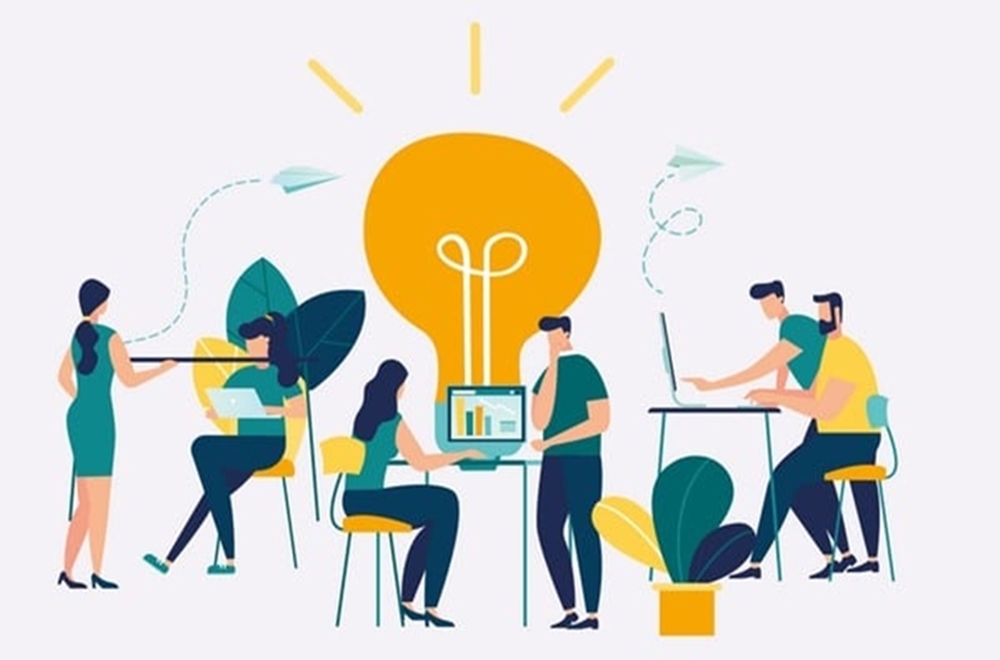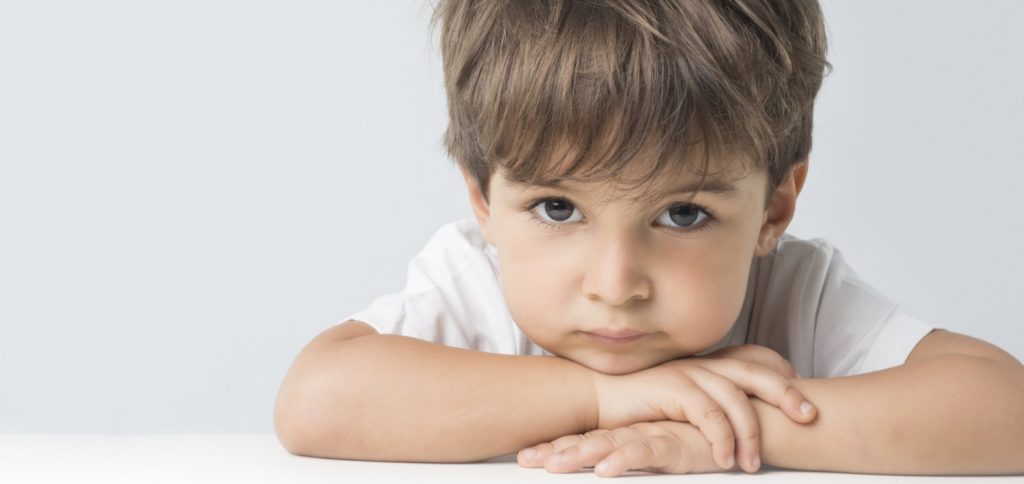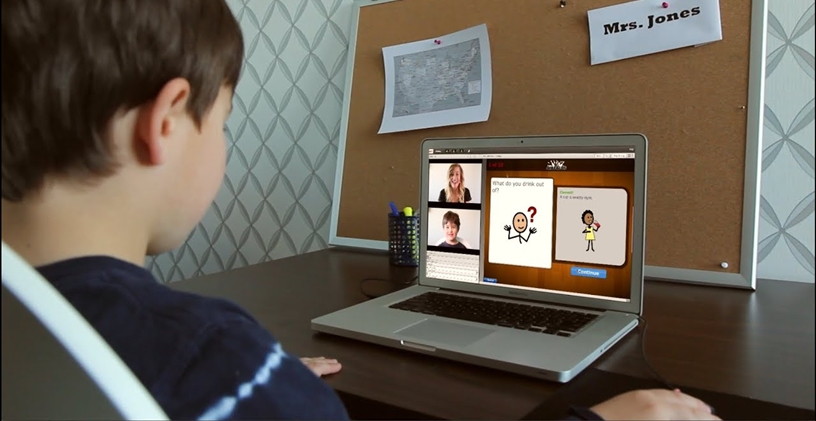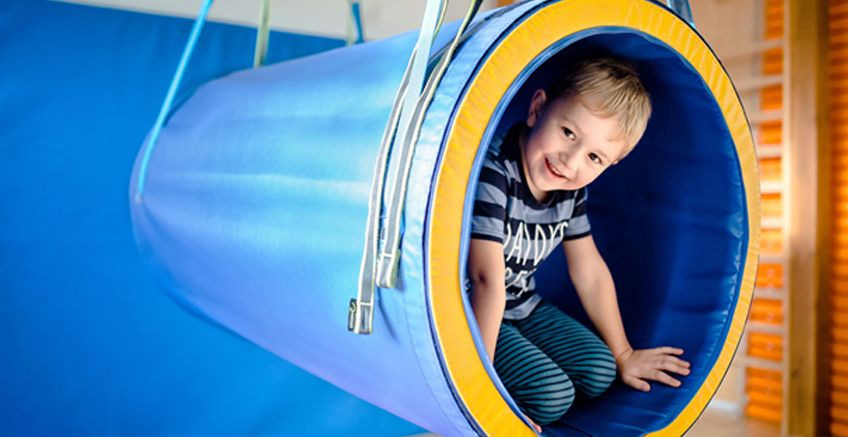Approaches for Helping Students Recoup Social Communication Skills

Limited in-person interactions during the pandemic—resulting from online school and physical distancing—can be particularly difficult for children with social and pragmatic communication needs. Zoom offers some online social interactions but may preclude the learning of many key verbal and nonverbal social communication skills—recognizing subtle changes in facial expressions or gestures, initiating conversation, following or signaling topic shifts, and asking questions to get to know someone and form new friendships.
Children make many advances in learning and communication through telepractice, but some struggle to adapt to this type of service delivery. As we move to in-person school, SLPs might notice some students have experienced regression in their social and pragmatic communication skills.
Regression of these important social communication skills can have far-reaching consequences for school performance, friendship formation, and self-confidence.
Get Communication Partners Involved
SLPs can help students recoup and expand skills in a variety of ways, such as using individual sessions to re-teach lost skills or targeting practice of those skills in small groups. In addition, give caregivers, teachers, and students examples and demonstrations of pertinent social interactions, along with opportunities to practice them throughout the day.
Here are some suggested activities to share with students, teachers, and family members to help recover these critical skills:
Demonstrate ways of adapting language for different communication partners and contexts. For example, play a game and have the child explain the game rules to a caregiver, teacher, classmate, and a younger child. Or practice modifying language depending on the intent—for example, asking permission in a polite way or making a request rather than issuing a demand. Talk about why people might be more willing to do something if asked in a different way.
Demonstrating flexibility with language use can help autistic children or children with a social (pragmatic) communication disorder to learn or re-learn important social and pragmatic communication skills, such as:
- Talking differently to a classmate than a teacher.
- Knowing how much information to share during a conversation, depending on the listener’s familiarity with the topic.
- Recognizing different ways of talking depending on the place, such as talking more softly in a classroom than on the playground.
- Greeting classmates and teachers.
- Answering a teacher’s question.
- Requesting a snack from a sibling at home.
- Making a promise to put away toys and books.
- Asking a question to learn more about a classmate.
- Expressing feelings.
- Asking for permission.
Encourage communication partners to ask questions or make suggestions that will elicit different uses of language: "What did you do?" "Tell your friend you want to…" "What do you want?" "Ask me…" “Tell me about…" “Why do you feel that way?” “How do you feel?” “What do you think?”
Stress the importance of responding to what is said rather than the way it’s said. For example, if a student echoes statements or questions, acknowledge their echolalia as having communicative intent. Share ways teachers and family can encourage rephrasing and changes in conversational tone. For example, if a child is demanding, the communication partner can ask: “What’s another way to ask me?What can you say to persuade me?”
Discuss the importance of nonverbal cues to effective communication. For example, look at pictures of different faces and talk about how the person might feel. Talk about what it means when a person’s face doesn’t match what they say. Discuss different gestures communication partners use and what they mean. It’s important to remember a student’s particular culture and language can also influence specific verbal and nonverbal communications.
Guide Students in Sustained and Meaningful Conversations
Help students generate a list of interesting conversational topics, then practice discussing each topic. Use scripts, social stories, video modeling, visual supports, and other activities to build conversational skills. Encourage conversational partners to ask questions and add information. During conversations, remind students to stay on a topic or change topics based on cues from the communication partner. Prompt them to use different tones of voice or loudness depending on where they are talking. Model various ways of responding based on their listener’s needs.
Other key skills to include:
- Taking reciprocal conversations turns.
- Initiating and maintaining a topic of conversation.
- Shifting topics.
- Rephrasing when the listener doesn’t understand or misunderstands.
- Using gestures, facial expressions, and body language to add meaning to a message.
- Being aware of how close to stand to someone when talking based on cultural expectations and the relationship between communication partners.
Help Students Tell Stories and Personal Narratives
Use a story outline to help a student tell a story in sequence. Provide a template of the school day to help students talk about different experiences during the day when they get home.
Whether delivering services remotely or in person, students with social (pragmatic) communication challenges can benefit from direct instruction in the core aspects of social communication. It’s important to recognize the major disruptions in routine we’ve all experienced and how such changes might influence learning and communication. SLPs can be instrumental is helping students make a smooth transition from home back to school.
References
This article is written by Diane Paul. You can find the original version from here.







